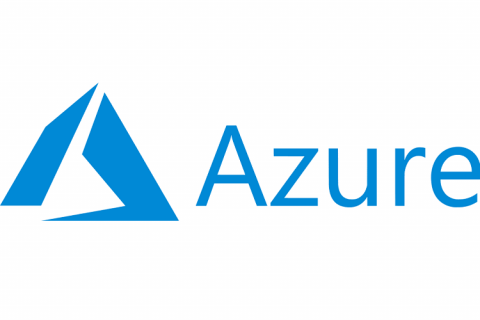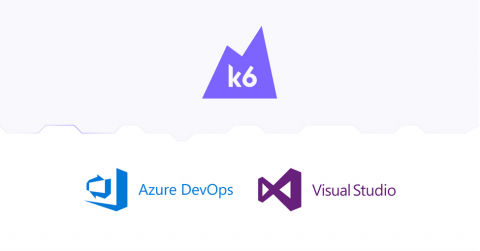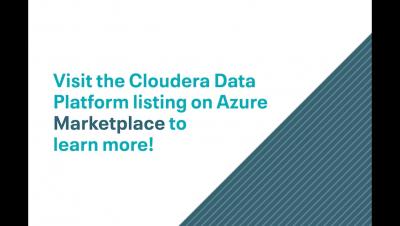Enterprise data strategy: the right way to the cloud
Clive Humby stated, as far back as 2006, “data is the new oil.” The quote really took off following this 2017 report from The Economist. As a former chemical process engineer, oil immediately makes me think of refining it. Today’s analytics platform for the complete data lifecycle does the same for data as the refinery distillation columns does for crude oil: distilling value.











